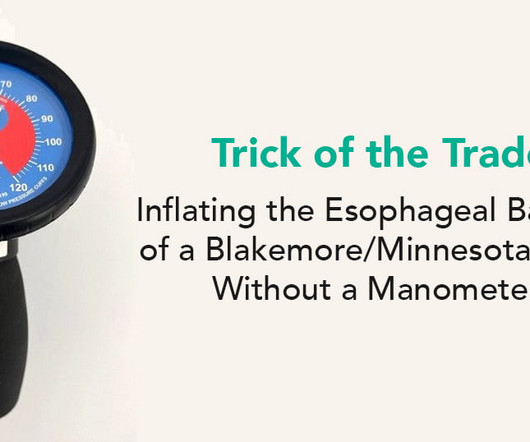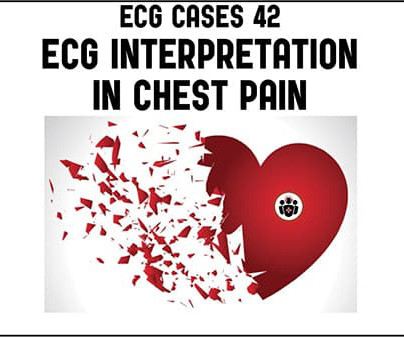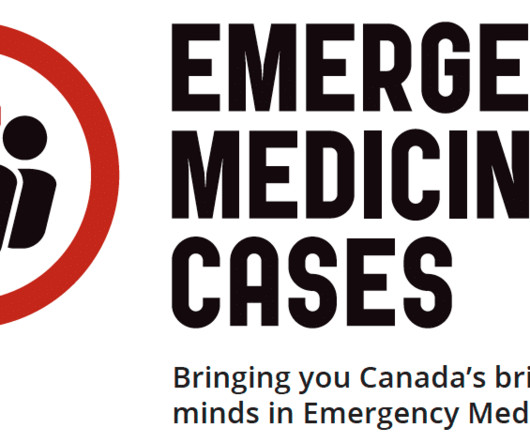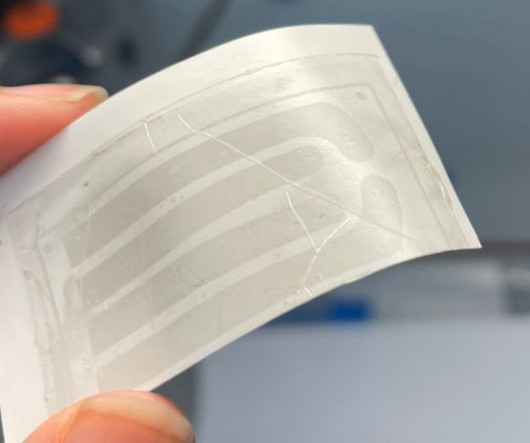Trick of Trade: Inflating the Esophageal Balloon of a Blakemore/Minnesota Tube without a Manometer
ALiEM
MAY 19, 2023
A heavy alcohol drinker, who is well known to your Emergency Department, presents with altered mental status, except that he looks different this time. He looks really bad, stating that he has been vomiting blood. He is hypotensive. He then vomits a copious amount of blood right in front of you. You intubate the patient and initiate the massive transfusion protocol, but everything you pour into him seemingly comes right back out.












































Let's personalize your content